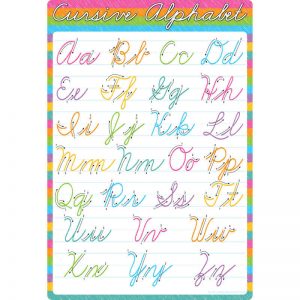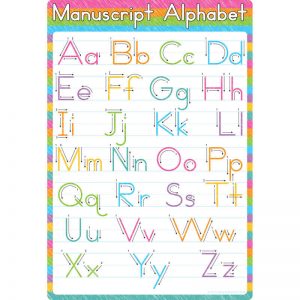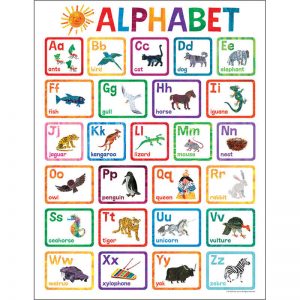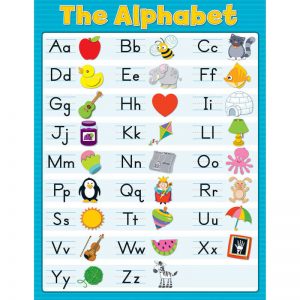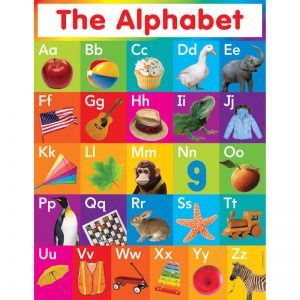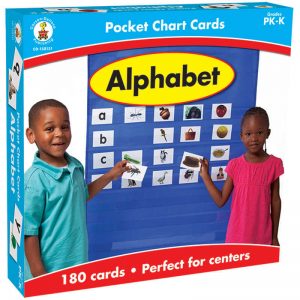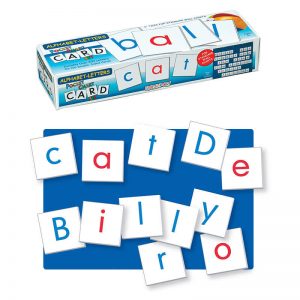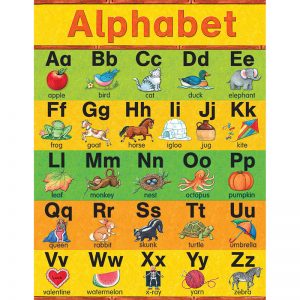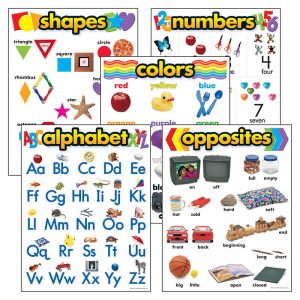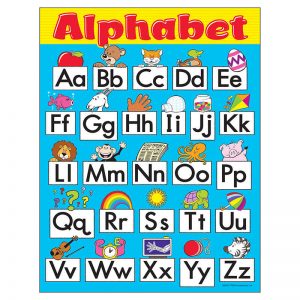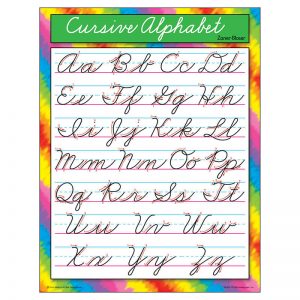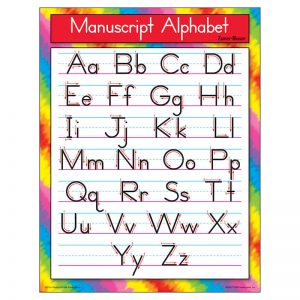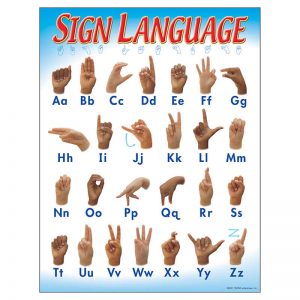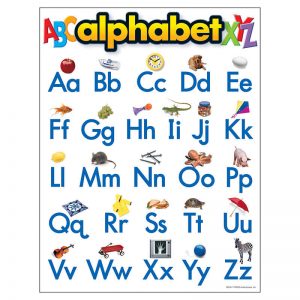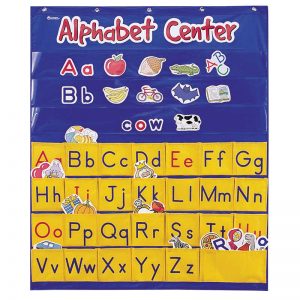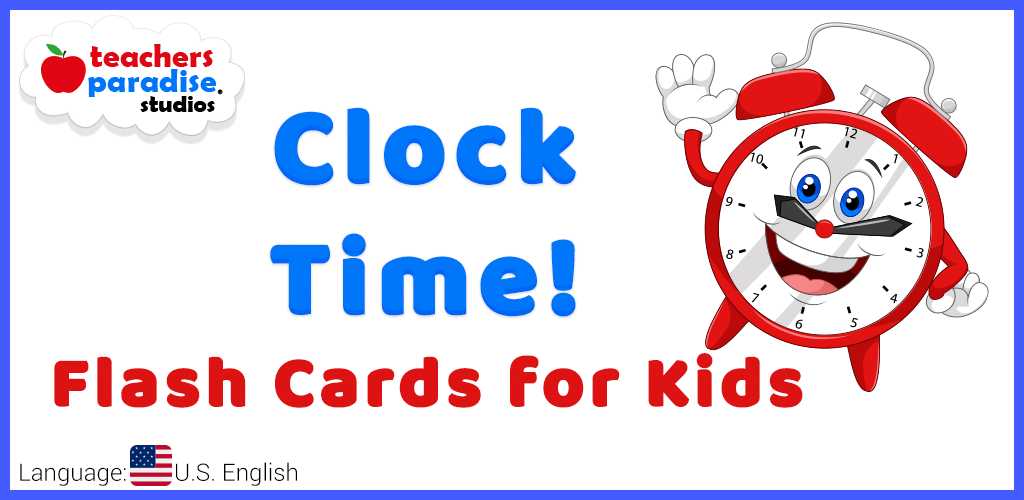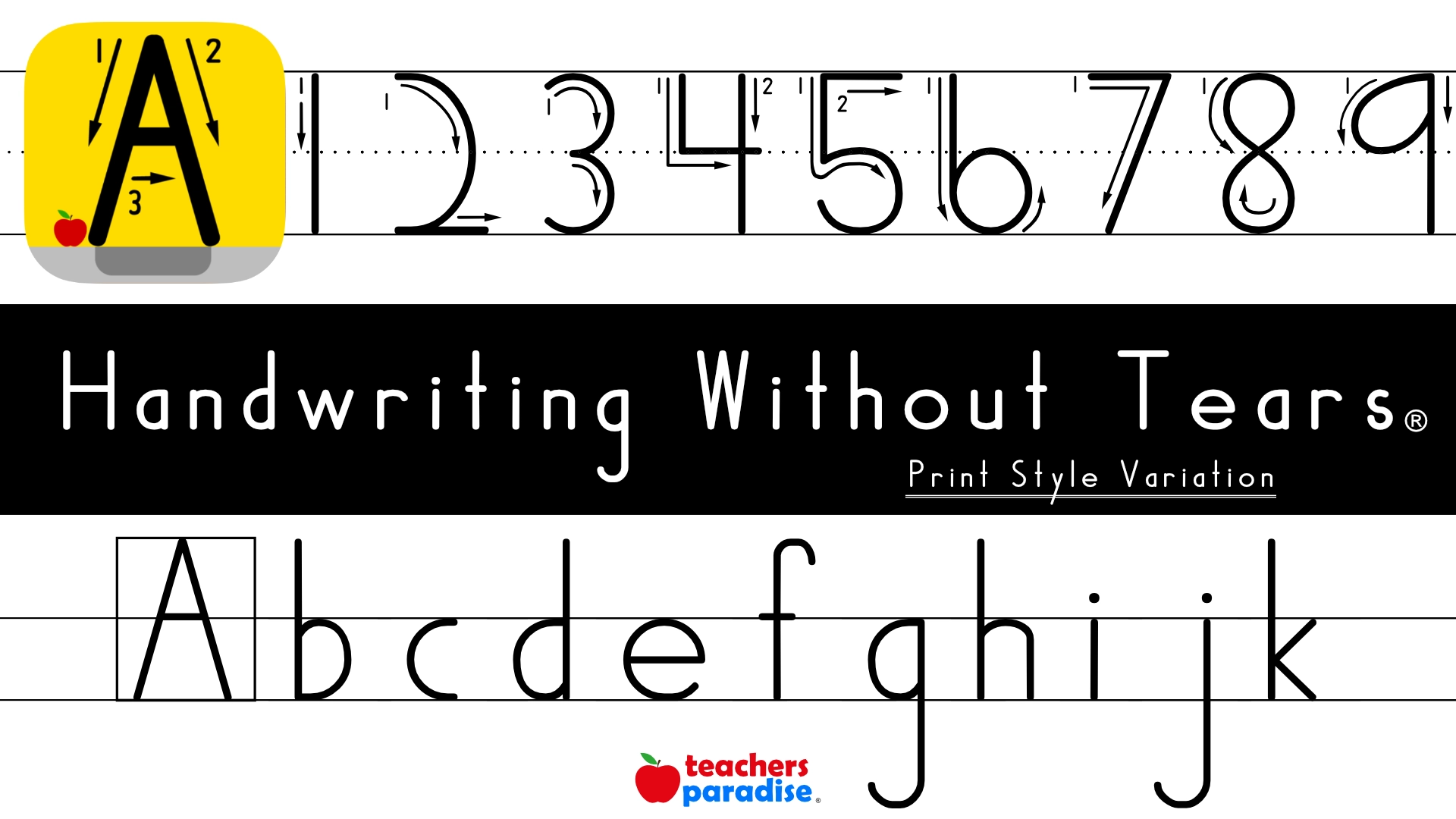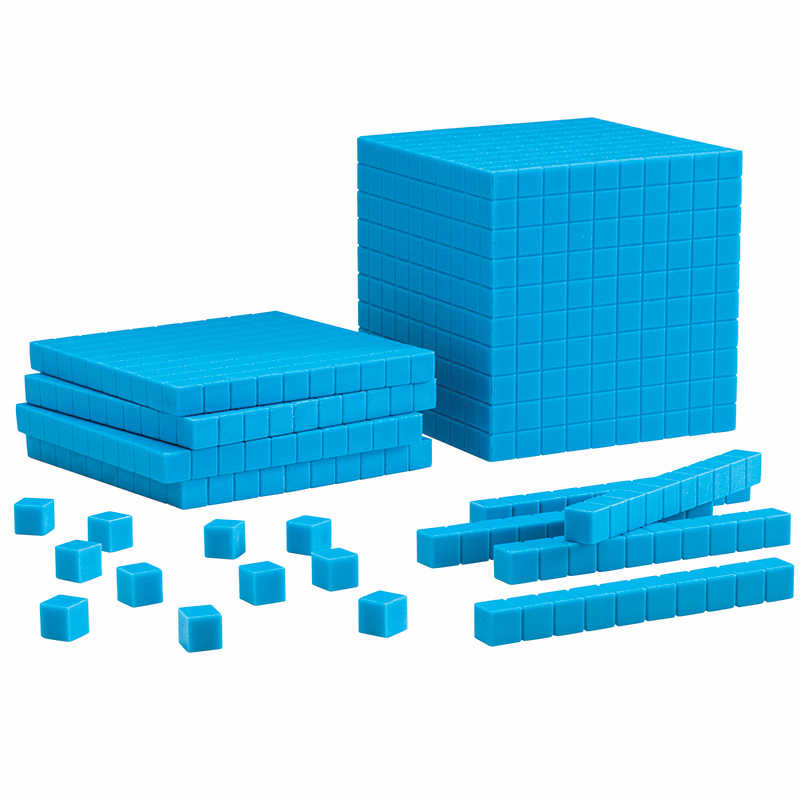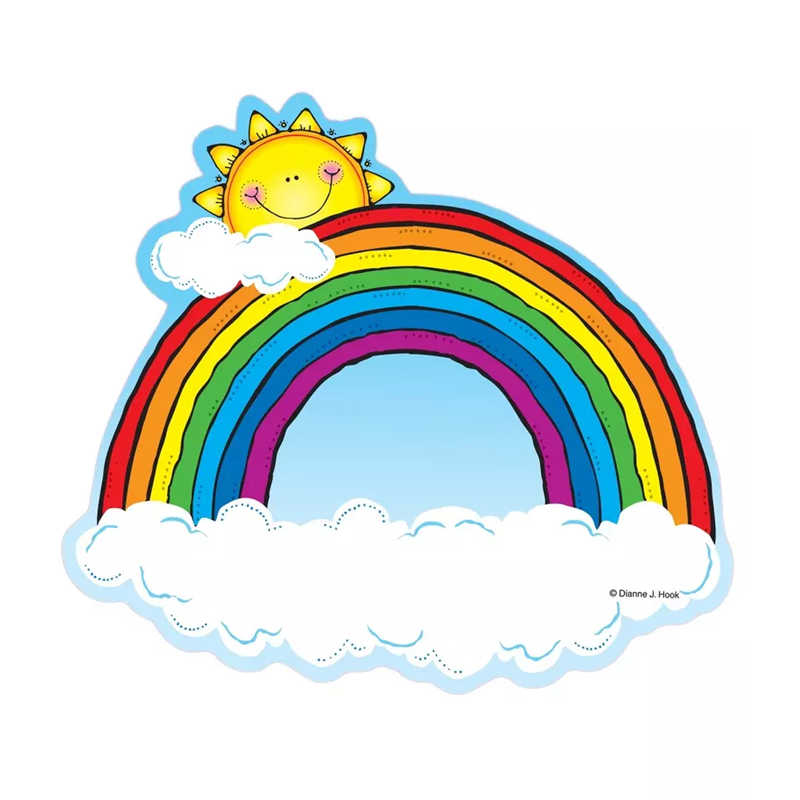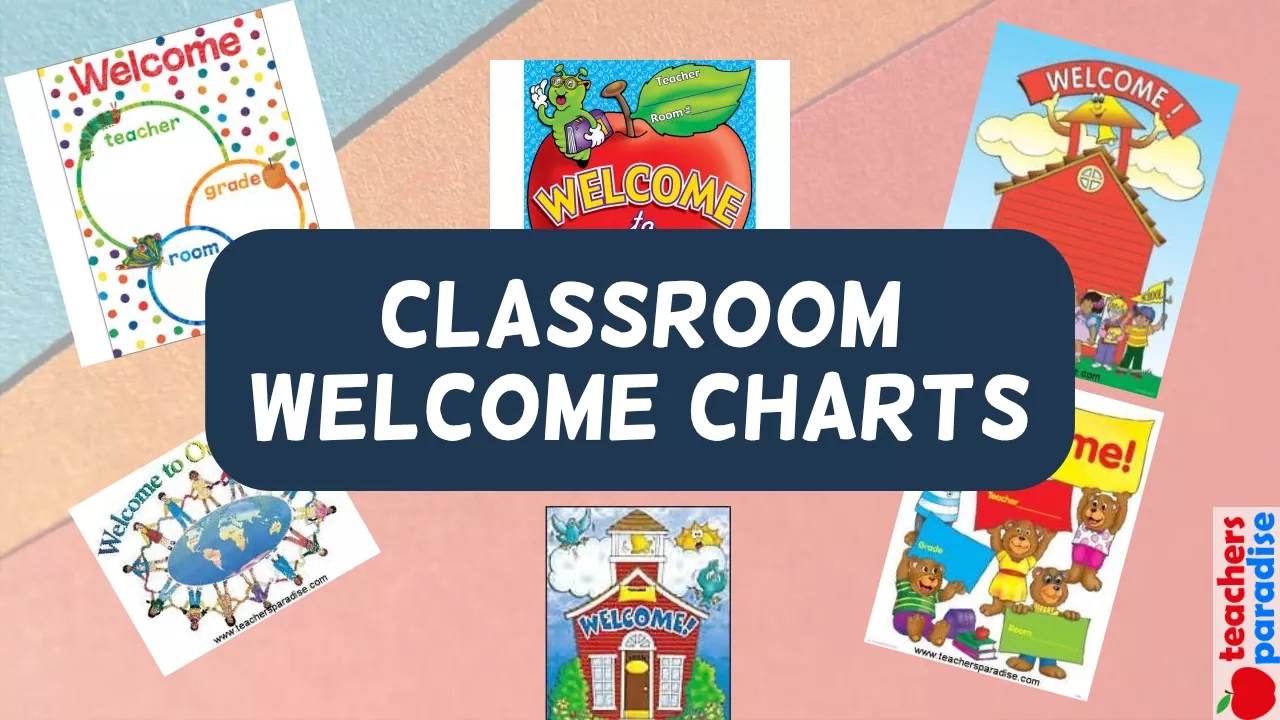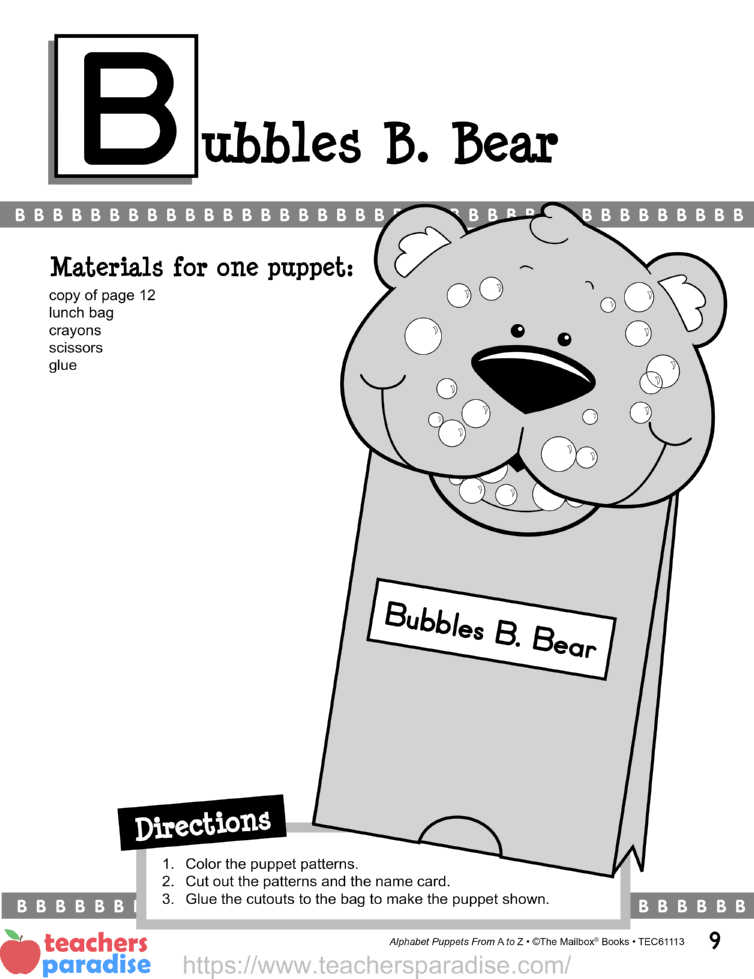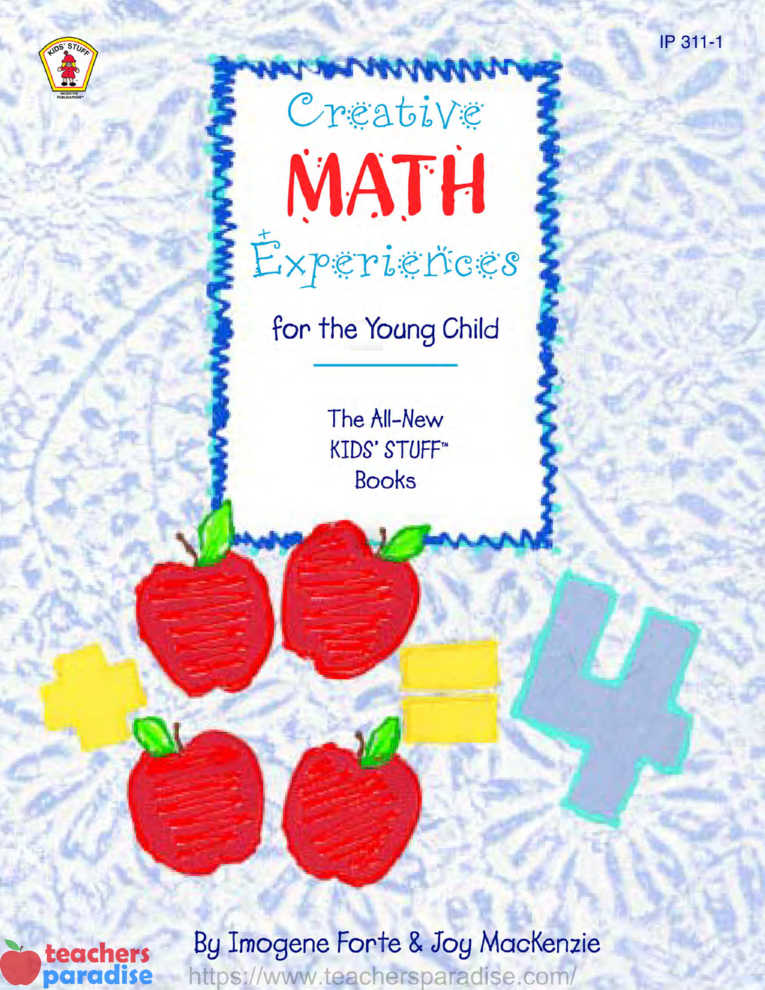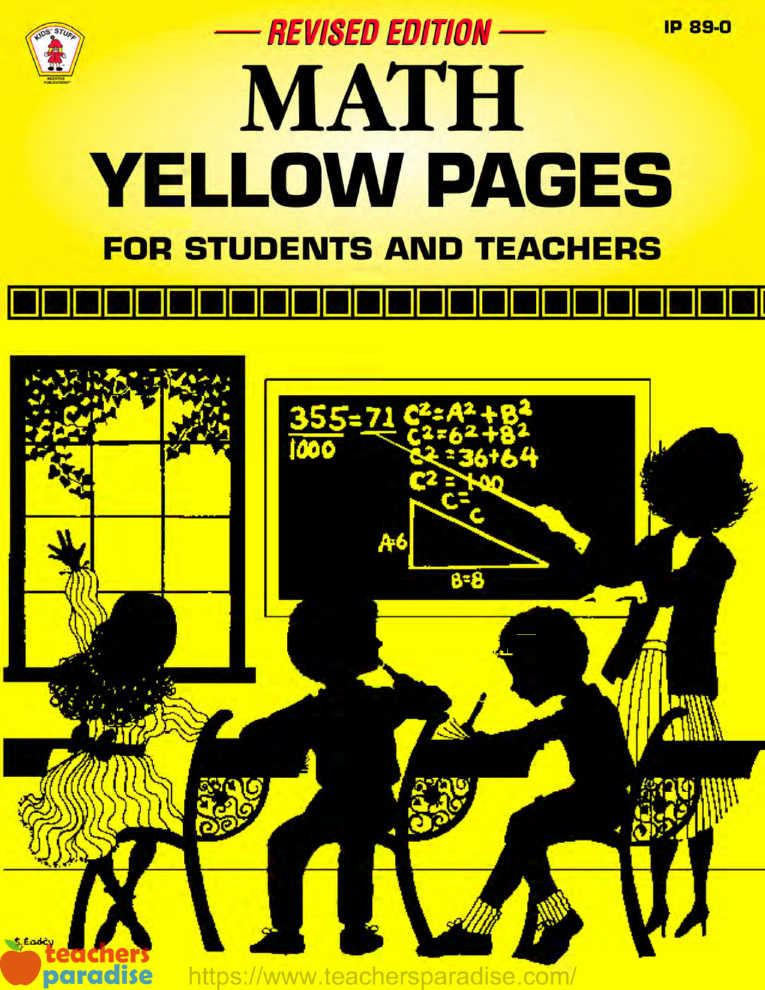When selecting an alphabet chart for classrooms, teachers should consider several fundamental characteristics to ensure it effectively supports their students’ learning. By considering these factors, teachers can select an alphabet chart that helps students learn the letters of the alphabet and fosters a positive and engaging learning atmosphere in the classroom.
Below are the 11 most important factors to consider when choosing an alphabet chart:
- Clarity and readability: The alphabet chart should have clear, large, and easy-to-read letters. The font should be simple and legible, making it easy for young learners to recognize and identify each letter.
- Visual appeal: The chart should be attractive, with bright colors and engaging illustrations. This will capture the student’s attention and make learning more enjoyable.
- Capital and lowercase letters: Make sure the chart includes uppercase and lowercase letters. This helps students understand the difference between the two forms of each letter, which is essential for reading and writing.
- Phonetic representation: Each letter should be associated with its corresponding phonetic sound. This aids in phonemic awareness and helps students grasp the sound-letter relationships.
- Associated images: Each letter should be accompanied by relevant photos representing words that start with that particular letter. This will reinforce letter-sound connections and enhance vocabulary development.
- Durable material: The chart should be made from sturdy and long-lasting material. Laminated or coated charts can withstand frequent use and handling in the classroom environment and years of use.
- Size and visibility: Consider the size of the chart in relation to the classroom. It should be large enough to be seen by all students, even those sitting at the back of the room.
- Multilingual options: If you have students from diverse language backgrounds, having an alphabet chart that includes letters from various languages or translations of the letter names and sounds might be beneficial.
- Interactive elements: Some alphabet charts have interactive features like touch-and-feel textures or flip cards. These can make learning the alphabet more interactive and engaging for students.
- Relevance and inclusivity: Choose a chart relevant to your student’s lives and experiences. It’s essential to promote diversity and inclusivity by showcasing images representing various cultures, races, and abilities.
- Supporting content: Some alphabet charts may include additional resources, such as activity ideas, lesson plans, or online interactive tools. These supplementary materials can assist teachers in incorporating the chart effectively into their lessons.
View all of our alphabet chart products here.

